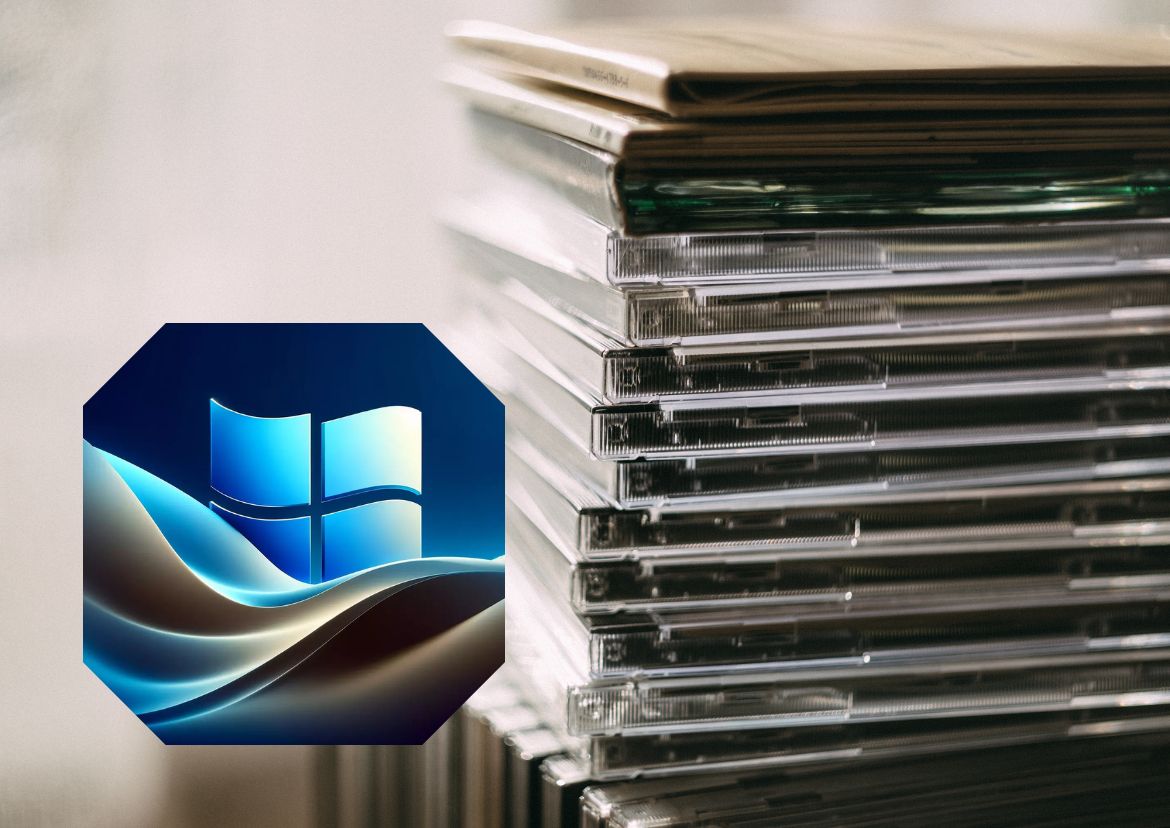Table of Contents
Windows Command Prompt (CMD) is an effective tool that lets users enter text instructions to do a variety of activities. CMD may be quite helpful whether you’re managing files, automating activities, or troubleshooting. The purpose of this cheat sheet is to assist both novice and expert users in efficiently navigating the Command Prompt.
Getting Started
1. CMD Opening:
- Type cmd and press Enter after pressing Win + R.
- Go to the Start menu and look up “Command Prompt”.
- As an administrator, open a terminal: Click “Command Prompt” with a right-click, then choose “Run as Administrator.”
2. Simple Syntax:
- The structure is followed by commands: command [Choices] [Rebuttals]
Commands for Files and Directories
🔳 dir: Provides a list of the current directory’s files and folders.
- For instance, dir /p pauses after every information screen.
🔳 The current directory is changed using cd [path].
- cd C:\Users\YourName\Documents, for instance
🔳 cd..: Advances one directory level.
🔳 A new directory is created with md [foldername] or mkdir [foldername].
- For instance, mkdir Projects
🔳 A directory can be deleted with rmdir [foldername] (but only if it is empty).
- For instance, rmdir Projects
🔳 To delete a file, use del [filename].
- For instance, del notes.txt
🔳 A file is copied to a new location using the copy [source] [destination] function.
- For instance, copy notes.txt to C:\Backup\
🔳 Move a file to a new location by using the move [source] [destination] function.
- For instance, move notes.txt to C:\Backup\
Commands for System Information
🔳 systeminfo: Shows comprehensive system data.
🔳 hostname: Shows the computer’s hostname.
🔳 IPconfig: Shows network information and IP address.
- ipconfig /all (full network information) is one example.
🔳 Tasklist: Provides a list of all active processes.
🔳 Using its Process ID, taskkill /pid [PID] terminates a process.
- Taskkill /pid 1234 /f is one example.
🔳 Chkdsk [drive:]: Looks for faults on the disk.
- For instance, chkdsk C:
🔳 Corrupted system files are scanned and repaired by sfc /scannow.
Commands for Networking
🔳 Ping [address]: Verifies that a particular address is connected to the network.
- For instance, ping google.com
🔳 The tracert [address] function tracks the path packets take to get to a network address.
- For instance, tracert.google.com
🔳 Netstat: Shows connections and network data.
- For instance, netstat -a displays every connection.
🔳 nslookup [domain]: Locates a domain’s DNS records.
- For instance, nslookup google.com
🔳 Net use: Establishes and breaks connections to shared resources.
- Net usage Z, for instance: \\Server\SharedFolder
File Management and Permissions
🔳 attrib [filename]: Displays or modifies file attributes.
- Attrib +r notes.txt, for instance, makes the file read-only.
🔳 cacls [filename]: Shows or changes the permissions of a file.
- For instance, cacls notes.txt /e /g User:f (which gives User complete access).
🔳 icacls [filename]: Modifies the permissions of files and folders.
- Icacls notes.txt /grant User:F is an example.
More Complex Commands
🔳 locate [text] [filename]: Looks for particular text within a file.
- For instance, locate “error” in log.txt
🔳 fc [file1] [file2]: Performs a file comparison.
- For instance, fc files 1.txt and 2.txt
🔳 Powercfg: Sets up power parameters.
- Powercfg /batteryreport, for instance, creates a report on battery utilization.
🔳 Schtasks: Arranges computer tasks.
- Schtasks /create /tn “Backup” /tr “C:\backup.bat” /sc daily /st 14:00 is an example.
🔳 WMIC: carries out commands from the Windows Management Instrumentation.
- For instance, the WMIC process list brief
Tips and Shortcuts
1. History of Command:
- To navigate through earlier commands, use the Up and Down arrow keys.
2. Automatic Completion:
- To use the auto-complete feature for file and folder names, press Tab.
3. CLS:
- To clear the screen, type cls.
4. Reroutement and Pipes:
- To reroute output to a file, use >. For instance, dir > filelist.txt
- To pipe output into a different command, use |. For instance, dir | find “notes”
5. Assist:
- To use a command in detail, add /? after it. For instance, copy /?
Conclusion
The Windows Command Prompt is a flexible tool that can increase output and facilitate effective problem-solving. You can fully utilize CMD’s capabilities to optimize your workflow by becoming familiar with these commands and practicing frequently. Keep this cheat sheet handy and go beyond the fundamentals to uncover the Command Prompt’s limitless potential!




